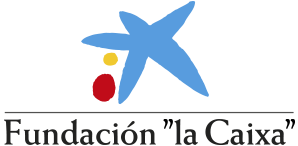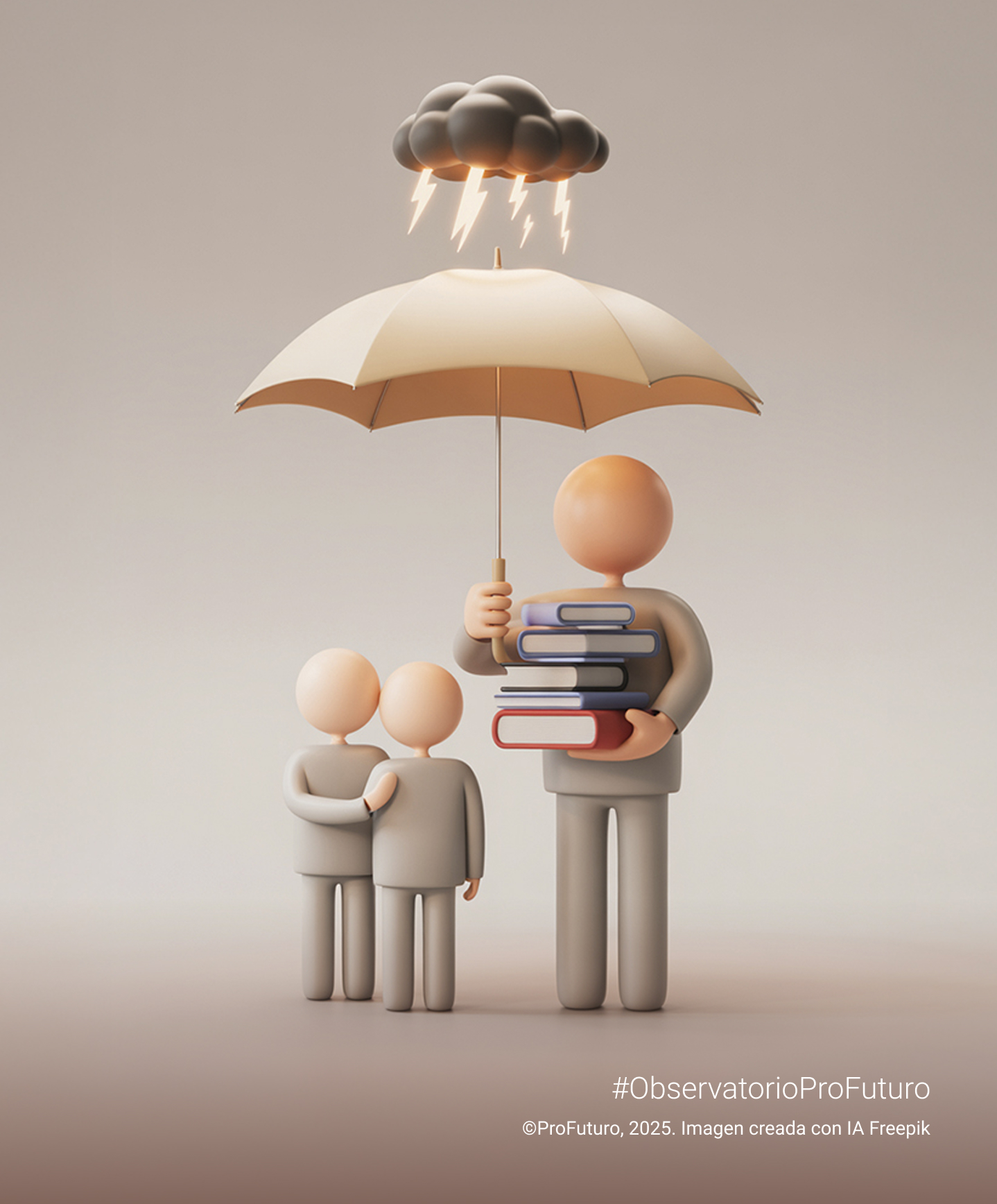In 2019, a group of high school students in Lima decided to build a 3D printer from some electronic waste. They had no manuals, no funding and no previous experience. In the first three months, the prototype failed more times than it ignited, and they came close to giving up on several occasions. A year later, it wasn’t just working: it was printing parts for children’s prostheses.
What beats behind stories like this is not just talent or youthful enthusiasm. It is a persistent mental disposition: to set a goal and to push, day after day, until it is reached. We call it achievement orientation and we don’t have it installed as standard. It is a “trainable”, measurable skill with a proven impact on academic performance, career adjustment and personal well-being.
The Inter-American Development Bank ranks it among the ten most important life skills for adult life. According to their studies, those who develop it not only complete more projects: they also perform better in mathematics years later, show a greater ability to bounce back from setbacks and suffer less anxiety and depression. Determination may not be 3D printed, but it can be taught. And school is as good a place as any to start.
What is achievement orientation and why does it matter
Achievement orientation is far from being a blind race to victory or an obsessive drive to cross tasks off a list. It is, rather, like an internal guide that combines two capacities: knowing how to choose a clear goal and staying the course despite turbulence. In psychology, the term includes everything from the design of realistic goals to the perseverance required to complete them, and overlaps with concepts such as grit (passion and long-term perseverance) or emotional self-regulation.
In the Inter-American Development Bank’s review, this skill scored 15 out of 22 points on the sum of its three key indicators. That is:
- Measurable with scales such as the Goal Adjustment Scale or the Short Grit Scale, adapted to Spanish and validated in young people.
- Malleable, because it can be taught and improved through active methodologies such as project-based learning or student-centred learning.
- Significant, as it predicts tangible results: better academic performance lower risk of dropping out of school and even a decrease in levels of depression and anxiety.
Scientific evidence: measurability, malleability and meaningfulness In the parlance of IDB researchers, a life skill does not deserve a place on the education agenda if it does not pass the “3M” test: measurable, malleable and meaningful. Achievement orientation passes all three tests with flying colours.
It is measurable
It is not enough to ask a pupil whether he or she thinks he or she is persevering: it must be quantified. Scales such as the Goal Adjustment Scale allow two things to be assessed at once: the ability to re-engage with new goals when one becomes unattainable and the ease of abandoning unattainable goals without sinking into frustration. In its Spanish version, this scale has demonstrated internal consistency, validity and a structure identical to that of the original instrument. Duckworth and Quinn’s Short Grit Scale adds another layer: it measures perseverance and passion for long-term goals. Tools such as these
allow not only to diagnose, but also to evaluate progress after an intervention.
It is malleable
In an experiment with South African students, Mupira and Ramnarain (2018) implemented a project-based learning programme. The results showed that participants not only took more frequent attempts at difficult tasks (r = .31), but also maintained persistence after failing a first attempt. Alan and colleagues (2019) took the concept further: in a randomised trial, their achievement orientation intervention produced a sustained increase in the choice of challenging tasks even one week after the end of the programme (r = .18), indicating a cumulative effect.
It is significant
Achievement orientation produces lasting changes in real life. A study cited in the IDB report found that, 2.5 years after the intervention, students in the experimental group scored higher in mathematics (d = 0.20) than their peers.
Other work, such as that of Carol Duckworth, shows that shout, an essential component of this skill, explains up to 4% of the variance in academic and professional success, surpassing even IQ in some contexts: from West Point cadets to National Spelling Bee finalists. And it’s not all grades: goal-focused programmes have reduced symptoms of depression (r = .40) and anxiety (r =.19), pointing to emotional benefits as relevant as academic ones.
Taken together, achievement orientation fulfils the rare requirement of being an educational goal that can be accurately measured, improved with training and translated into outcomes that matter: better grades, greater resilience and stronger well-being. For any education policy that prides itself on preparing its students for life, this should suffice as an argument.
How to develop it at school
Teaching achievement orientation does not mean hanging a sign on the wall saying “Persevere”. Nor is it a question of filling the school diary with motivational phrases. It means creating the conditions for students to set their own goals, learn to plan, face obstacles and adjust course when necessary. The key is to make perseverance an observable habit, not a slogan. How is this done?
Project-based learning
The project-based learning approach offers fertile ground. A project with a clear objective (e.g. designing a recycling campaign for the neighbourhood) forces students to divide the work into stages, coordinate, measure progress and correct mistakes as they go along. The IDB report provides evidence that, in such environments, the willingness to take on complex tasks and persistence in the face of failure increases.
Process-focused feedback
Carol Dweck’s studies on growth mindset agree that, more than the outcome, feedback that focuses on effort and strategies strengthens achievement orientation. Saying “you worked hard to find another way to solve it” is more helpful than “how clever you are”. In an experiment cited by the IDB, positive reinforcement of this type correlated with an increased likelihood that students would reattempt difficult tasks (r = .18).
Intermediate targets and visibility of progress
Breaking down a long-term goal into smaller goals reduces anxiety and makes it easier to follow through. Visualising progress (through charts, whiteboards or project diaries) creates a feedback effect that maintains motivation. Intermediate goals help sustain commitment weeks after the intervention has ended.
Spaces for reflection and adjustment
Achievement orientation is not about blind persistence, but about knowing when to change course. Including moments for students to evaluate what has worked and what has not, allows for the development of the flexibility measured by the Goal Adjustment Scale. Learning to abandon an unfeasible goal without seeing it as a failure is as valuable a skill, if not more so, than achieving a
possible goal.
Integration with other life skills
Achievement orientation is enhanced when integrated with resilience, self- efficacy and critical thinking. A student who believes in his or her ability, critically analyses his or her strategies and recovers quickly from setbacks will be more likely to achieve his or her goals. This suggests that curriculum design should not treat these skills as watertight compartments, but as cogs that move together.
Challenges, considerations and future projection
Teaching achievement orientation seems, on paper, a sure-fire win: it improves grades, resilience and even mental health. But like any educational innovation, it clashes with the reality of school contexts, resources and cultures.
The challenge of equity
Not all students start from the same point. Research shows that the socio-economic environment conditions both the goals one sets for oneself and the resources to achieve them. A student who has to work in the evenings to help at home will not have the same availability of time as one with family support and access to tutoring. This makes it necessary to adapt strategies so that achievement-oriented teaching does not become a privilege of those who already have an advantage.
School culture and tolerance of error
Persisting means failing several times along the way. In education systems that are very focused on summative assessment – the final mark, the exam that decides everything – mistakes are experienced as a burden and not as an inevitable step. Programmes that foster achievement orientation therefore require a cultural shift: from punishment for getting it wrong to guided exploration of what did not work.
Sustainability and teacher training
Pilot programmes show promising results, but sustaining them requires continuity and teachers trained to integrate these practices without adding bureaucratic burden. The IDB stresses that achievement orientation works best when it is woven into the school’s daily routine, not as an occasional workshop
or “extra” activity.
Looking ahead
The international trend is clear: UNESCO and the OECD include the setting and achievement of goals as key competences for the 21st century. If the evidence continues to accumulate, it is likely that within a few years achievement orientation will cease to be an “innovative experiment” and become part of the educational standard, just as digital literacy or emotional education once were.
Angela Duckworth, the psychologist who popularised the concept of grit, often says that perseverance is not a sprint, but a long-distance marathon. “The most successful people are not those who never fail, but those who fail and move on,” he wrote in his most cited research.
This nuance changes the way we think about achievement orientation in schools: contrary to what many education systems have been doing for years, we should not penalise error, but teach students to “move through it”. Reaching a goal is like seeing the tip of an iceberg: what you see is the achievement, but what sustains it are invisible habits, which are cultivated in the day-to-day classes, until constancy ends up outweighing any innate talent.
If the school can get its students to incorporate this way of moving forward, to make perseverance and perseverance their natural way of living and working, they will be ready to pursue any goal, however distant it may seem.






